Baking Soda Vinegar Hacks: Prepare to unlock a world of surprisingly effective and eco-friendly solutions right in your home! Have you ever looked at those humble ingredients, baking soda and vinegar, and wondered if they could be more than just baking staples? I’m here to tell you, they absolutely can! For generations, these pantry powerhouses have been quietly cleaning, deodorizing, and even gardening, often passed down through family wisdom. Think of your grandmother’s secret cleaning recipes – chances are, baking soda and vinegar were involved!
But why should you, in today’s world of specialized products, bother with these simple ingredients? Well, for starters, it’s about saving money. Let’s be honest, those fancy cleaners can be expensive! More importantly, it’s about creating a healthier home environment. Many commercial products are loaded with harsh chemicals that can be harmful to your family and pets. With baking soda vinegar hacks, you’re choosing a safer, more natural alternative. Plus, you’ll be reducing your environmental impact by avoiding those single-use plastic bottles.
In this article, I’m going to share some of my favorite and most effective DIY tricks using baking soda and vinegar. From tackling stubborn stains to creating all-natural cleaning solutions, you’ll be amazed at what these two ingredients can accomplish. Get ready to ditch the chemicals and embrace the power of simplicity!
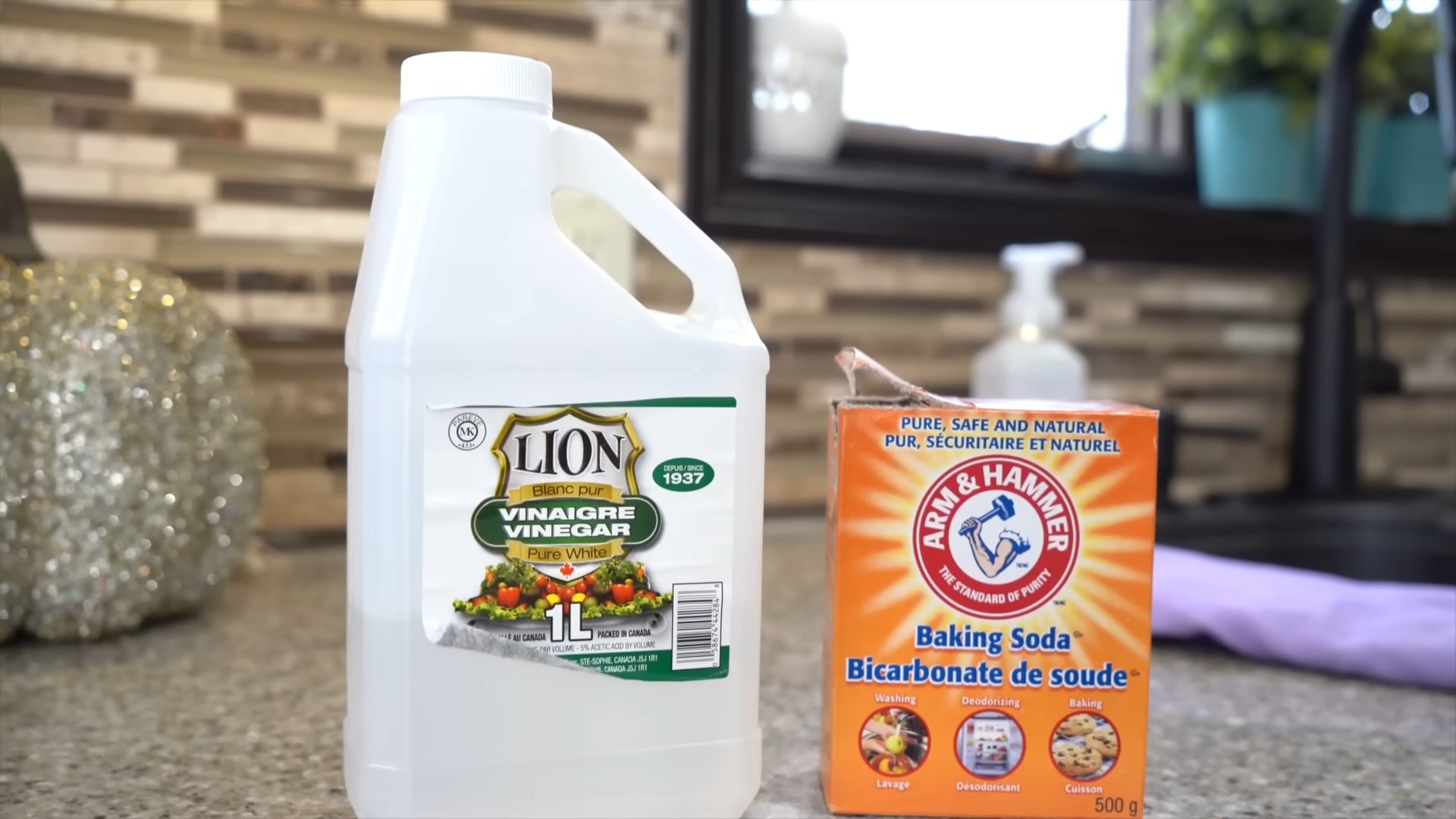
Unleash the Power of Baking Soda and Vinegar: Your Ultimate DIY Cleaning and Refreshing Guide
Hey there, DIY enthusiasts! Get ready to be amazed by the dynamic duo of baking soda and vinegar. These humble ingredients, probably already sitting in your pantry, are about to become your secret weapons for a sparkling clean home and so much more. I’m going to walk you through some of my favorite DIY hacks using these powerhouses. Let’s get started!
Cleaning Powerhouse: Baking Soda and Vinegar Combinations
Baking soda (sodium bicarbonate) is a mild alkali, meaning it can dissolve dirt and grease. Vinegar (acetic acid), on the other hand, is a mild acid that cuts through soap scum, hard water stains, and mildew. When combined, they create a fizzing action that helps loosen grime and deodorize. But remember, the fizzing action neutralizes them somewhat, so sometimes using them separately is more effective!
Unclogging Drains Like a Pro
A clogged drain is a homeowner’s nightmare, but don’t reach for those harsh chemical drain cleaners just yet! Baking soda and vinegar can often do the trick without the nasty fumes and potential damage to your pipes.
What you’ll need:
* 1 cup baking soda
* 2 cups white vinegar
* Hot water
Step-by-step instructions:
1. Pour the baking soda down the drain. Try to get as much of it down the drain as possible. A funnel can be helpful here.
2. Follow with the vinegar. You’ll immediately notice the fizzing action. This is the magic happening!
3. Let it fizz for 30 minutes. This allows the baking soda and vinegar to break down the clog. Don’t be tempted to flush it early!
4. Flush with hot water. After 30 minutes, pour a pot of boiling water (or as hot as your tap water gets) down the drain to flush away the loosened debris.
5. Repeat if necessary. For stubborn clogs, you might need to repeat the process a second time. If it’s still clogged after two attempts, it might be time to call a plumber.
Sparkling Clean Shower Heads
Hard water can leave mineral deposits on your shower head, reducing water pressure and making it look dingy. Here’s how to restore its shine:
What you’ll need:
* White vinegar
* Plastic bag (gallon-sized works well)
* Rubber band or twist tie
Step-by-step instructions:
1. Fill the plastic bag with vinegar. You’ll need enough vinegar to fully submerge the shower head.
2. Attach the bag to the shower head. Carefully position the bag so the shower head is completely immersed in the vinegar. Secure the bag with a rubber band or twist tie.
3. Soak overnight. Let the shower head soak in the vinegar overnight to dissolve the mineral deposits.
4. Remove the bag and rinse. In the morning, remove the bag and rinse the shower head thoroughly with water.
5. Wipe clean. Use a clean cloth to wipe away any remaining residue. Your shower head should now be sparkling clean and have improved water pressure!
Oven Cleaning Made Easy
Cleaning the oven is a chore most of us dread. But with baking soda and vinegar, it can be a lot less painful.
What you’ll need:
* Baking soda
* Water
* Spray bottle
* White vinegar
* Sponge or cloth
* Rubber gloves (optional, but recommended)
Step-by-step instructions:
1. Remove oven racks. Take out the oven racks and set them aside. You can soak them in hot, soapy water while you’re cleaning the oven.
2. Make a baking soda paste. In a bowl, mix baking soda with enough water to form a thick paste.
3. Coat the oven interior. Spread the baking soda paste all over the inside of the oven, avoiding the heating elements. Wear rubber gloves to protect your hands.
4. Let it sit overnight. Allow the baking soda paste to sit for at least 12 hours, or preferably overnight. This gives it time to loosen the baked-on grime.
5. Wipe away the baking soda paste. The next day, use a damp sponge or cloth to wipe away the baking soda paste. You might need to scrub a bit in some areas.
6. Spray with vinegar. Fill a spray bottle with white vinegar and spray it all over the inside of the oven. The vinegar will react with any remaining baking soda, creating a fizzing action.
7. Wipe clean again. Use a clean sponge or cloth to wipe away the vinegar and any remaining residue.
8. Replace oven racks. Once the oven is clean and dry, replace the oven racks.
Freshening Up Your Mattress
Mattresses can harbor dust mites, odors, and stains. Here’s how to give yours a refresh:
What you’ll need:
* Baking soda
* Vacuum cleaner with upholstery attachment
* Spray bottle
* White vinegar
* Essential oil (optional, for fragrance)
Step-by-step instructions:
1. Strip the bed. Remove all bedding, including sheets, blankets, and pillows.
2. Sprinkle baking soda. Generously sprinkle baking soda all over the mattress.
3. Let it sit for several hours. Allow the baking soda to sit for at least a few hours, or preferably overnight. This will help absorb odors and moisture.
4. Vacuum the mattress. Use a vacuum cleaner with an upholstery attachment to thoroughly vacuum the entire mattress, removing all the baking soda.
5. Spot clean stains (optional). For any stains, mix equal parts white vinegar and water in a spray bottle. Lightly spray the stain and blot with a clean cloth. Avoid saturating the mattress.
6. Air dry. Allow the mattress to air dry completely before putting the bedding back on. You can speed up the drying process by opening windows or using a fan.
7. Optional: Add fragrance. If desired, add a few drops of your favorite essential oil to the baking soda before sprinkling it on the mattress for a fresh scent. Lavender, eucalyptus, and tea tree oil are all good choices.
Cleaning Grout with Ease
Dirty grout can make your tiles look old and dingy. Here’s how to brighten it up:
What you’ll need:
* Baking soda
* Water
* Old toothbrush or grout brush
* Spray bottle
* White vinegar
Step-by-step instructions:
1. Make a baking soda paste. In a bowl, mix baking soda with enough water to form a thick paste.
2. Apply the paste to the grout. Use an old toothbrush or grout brush to apply the baking soda paste to the grout lines.
3. Spray with vinegar. Fill a spray bottle with white vinegar and spray it onto the baking soda paste. The vinegar will react with the baking soda, creating a fizzing action.
4. Scrub the grout. Use the toothbrush or grout brush to scrub the grout lines, working the baking soda and vinegar mixture into the dirt and grime.
5. Rinse with water. Rinse the grout with clean water to remove the baking soda and vinegar mixture.
6. Dry with a cloth. Use a clean cloth to dry the grout.
Beyond Cleaning: Other Amazing Uses
Baking soda and vinegar aren’t just for cleaning! They have a surprising number of other uses around the house.
DIY Air Freshener
Commercial air fresheners can be full of harsh chemicals. Here’s a natural alternative:
What you’ll need:
* Baking soda
* Small jar or container
* Essential oil (optional)
Step-by-step instructions:
1. Fill the jar with baking soda. Fill a small jar or container about halfway with baking soda.
2. Add essential oil (optional). If desired, add a few drops of your favorite essential oil to the baking soda.
3. Cover with fabric or paper. Cover the jar with a piece of breathable fabric or paper, securing it with a rubber band or string. This will allow the baking soda to absorb odors while still allowing the fragrance to escape.
4. Place in desired location. Place the jar in a room where you want to freshen the air. The baking soda will absorb odors, and the essential oil will add a pleasant scent.
5. Replace baking soda regularly. Replace the baking soda every few weeks, or when you notice it’s no longer absorbing odors effectively.
Reviving Dull Laundry
Baking soda can help brighten whites and remove odors from your laundry.
What you’ll need:
* Baking soda
* Laundry
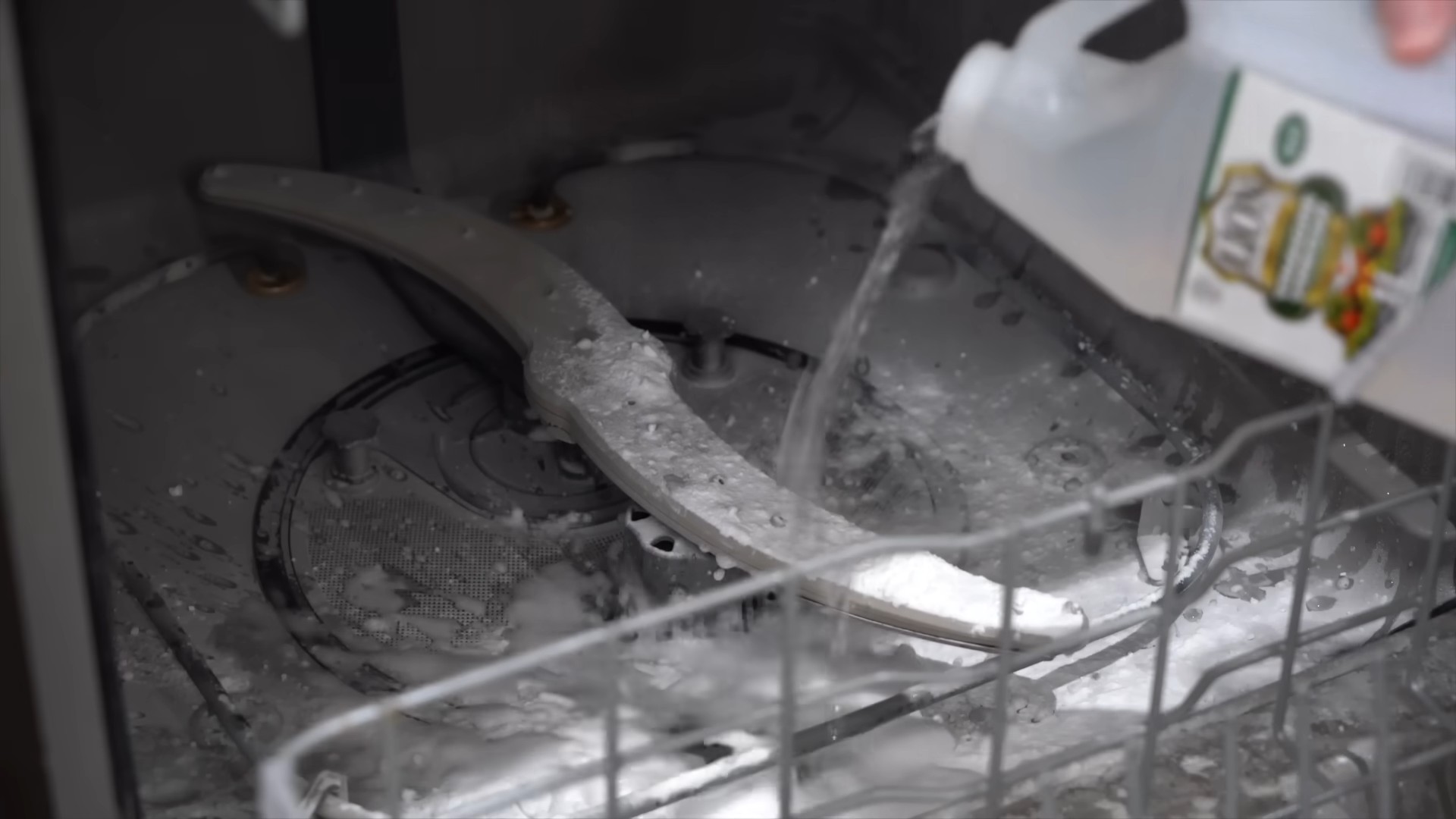
Conclusion
So, there you have it! This simple yet powerful baking soda vinegar hack is a game-changer for anyone looking to simplify their cleaning routine, boost their baking prowess, or even tackle some common household problems. We’ve explored how this dynamic duo can be used for everything from unclogging drains to creating a fantastic science experiment for the kids. The beauty of this method lies in its simplicity, affordability, and eco-friendliness. You’re not just saving money; you’re also reducing your reliance on harsh chemicals that can be harmful to your family and the environment.
But don’t just take our word for it! The real magic happens when you try it yourself. Imagine the satisfaction of watching a stubborn drain clear right before your eyes, all thanks to a little baking soda and vinegar. Or picture the delight on your children’s faces as they witness the fizzy eruption of a homemade volcano. These are the kinds of experiences that make this more than just a cleaning tip; it’s a way to create memories and learn something new.
And the possibilities don’t stop there. Feel free to experiment with different ratios of baking soda and vinegar to find what works best for your specific needs. For example, when cleaning a particularly grimy oven, you might want to create a paste of baking soda and water and let it sit overnight before adding the vinegar. Or, if you’re using it to freshen up your laundry, try adding a few drops of your favorite essential oil to the vinegar for a pleasant scent.
Consider these variations:
* **For a stronger drain cleaner:** Follow the initial baking soda and vinegar flush with a pot of boiling water. This will help to dislodge any remaining debris.
* **For a natural toilet bowl cleaner:** Sprinkle baking soda around the bowl, then drizzle with vinegar. Let it fizz for about 30 minutes before scrubbing and flushing.
* **For a DIY facial scrub:** Mix baking soda with a small amount of water to create a paste. Gently massage onto your face in circular motions, then rinse thoroughly. Be cautious and avoid sensitive areas.
* **For a fruit and vegetable wash:** Add a tablespoon of baking soda to a bowl of water and soak your produce for a few minutes before rinsing.
We are confident that once you experience the effectiveness of this baking soda vinegar hack, you’ll wonder how you ever lived without it. It’s a versatile, reliable, and cost-effective solution for a wide range of household tasks.
So, go ahead and give it a try! We’re eager to hear about your experiences. Share your tips, tricks, and success stories in the comments below. Let us know how you’re using baking soda and vinegar to make your life easier and more sustainable. Your insights could inspire others to embrace this simple yet powerful solution. We believe in the power of shared knowledge, and we can’t wait to learn from your experiences. Happy experimenting!
Frequently Asked Questions
Is it safe to mix baking soda and vinegar?
Yes, it is generally safe to mix baking soda and vinegar. The reaction produces carbon dioxide, water, and sodium acetate. While the reaction can create pressure in a closed container, it’s not typically dangerous when used in open spaces or with proper ventilation. However, avoid mixing large quantities in a sealed container, as the pressure buildup could cause it to burst. Always exercise caution and common sense when experimenting with any chemical reaction.
What are the best uses for baking soda and vinegar?
The combination of baking soda and vinegar is incredibly versatile. Some of the best uses include:
* **Unclogging drains:** The fizzing action helps to break down buildup and clear blockages.
* **Cleaning surfaces:** The mixture can be used to scrub away grime and dirt on various surfaces, such as countertops, sinks, and ovens.
* **Deodorizing:** Baking soda absorbs odors, while vinegar helps to neutralize them. This makes it effective for freshening up carpets, refrigerators, and other areas.
* **Laundry booster:** Adding baking soda and vinegar to your laundry can help to brighten whites, remove stains, and soften fabrics.
* **DIY science experiments:** The reaction between baking soda and vinegar is a classic science experiment that demonstrates chemical reactions and gas production.
Can I use baking soda and vinegar to clean everything?
While baking soda and vinegar are effective for many cleaning tasks, they are not suitable for all surfaces. Avoid using them on:
* **Aluminum:** The mixture can corrode aluminum surfaces.
* **Waxed furniture:** Vinegar can strip the wax finish.
* **Stone countertops (like marble or granite):** Vinegar’s acidity can etch and damage these surfaces.
* **Certain fabrics:** Always test the mixture on an inconspicuous area first to ensure it doesn’t cause discoloration or damage.
Always research the specific cleaning requirements of different materials before using baking soda and vinegar.
What ratio of baking soda to vinegar should I use?
The ideal ratio depends on the specific application. For unclogging drains, a common starting point is 1/3 cup of baking soda followed by 1 cup of vinegar. For general cleaning, you can mix equal parts baking soda and vinegar to create a paste. Experiment to find the ratio that works best for your needs. Remember that the fizzing action is what helps to loosen dirt and debris, so a slightly higher proportion of vinegar may be beneficial in some cases.
How do I store a baking soda and vinegar mixture?
It’s generally not recommended to store a pre-mixed solution of baking soda and vinegar. The reaction will continue to produce carbon dioxide, which can cause pressure buildup in a closed container. It’s best to mix the ingredients fresh each time you need them. If you do need to store a small amount of the mixture, use a container with a loose-fitting lid to allow the gas to escape.
Is baking soda and vinegar safe for septic systems?
Yes, baking soda and vinegar are generally considered safe for septic systems. Unlike harsh chemical drain cleaners, they won’t harm the beneficial bacteria that are essential for the proper functioning of your septic system. The mild acidity of vinegar and the neutralizing properties of baking soda make them a gentler alternative for maintaining your drains.
Can I use baking soda and vinegar to remove hard water stains?
Yes, baking soda and vinegar can be effective for removing hard water stains. Create a paste of baking soda and water, apply it to the stained area, and let it sit for a few minutes. Then, spray the area with vinegar and scrub gently. The combination of the abrasive baking soda and the acidic vinegar will help to dissolve the mineral deposits. Rinse thoroughly with water.
What kind of vinegar should I use?
White vinegar is the most commonly used type of vinegar for cleaning purposes due to its high acidity and affordability. However, you can also use apple cider vinegar, although it may have a slightly less potent cleaning effect. Avoid using balsamic vinegar or other flavored vinegars, as they may contain sugars or other additives that could leave a sticky residue.
Can I add essential oils to the baking soda and vinegar mixture?
Yes, adding essential oils to the baking soda and vinegar mixture can enhance its cleaning power and add a pleasant scent. Some popular essential oils for cleaning include lemon, tea tree, lavender, and eucalyptus. Add a few drops of your favorite essential oil to the vinegar before mixing it with the baking soda. Be sure to use pure essential oils and avoid synthetic fragrances.
What if the baking soda and vinegar hack doesn’t work?
While the baking soda and vinegar hack is effective for many cleaning and maintenance tasks, it may not always work in every situation. If you’ve tried the method and it hasn’t produced the desired results, consider these alternative solutions:
* **For stubborn clogs:** Use a plunger or a drain snake to physically remove the blockage.
* **For tough stains:** Try a commercial cleaning product specifically designed for the type of stain you’re dealing with.
* **For persistent odors:** Use an odor eliminator or a dehumidifier to remove moisture and prevent mold growth.
* **For complex problems:** Consult a professional plumber or cleaning service.
Remember that the baking soda and vinegar hack is just one tool in your cleaning arsenal. It’s important to have a variety of solutions available to tackle different challenges.
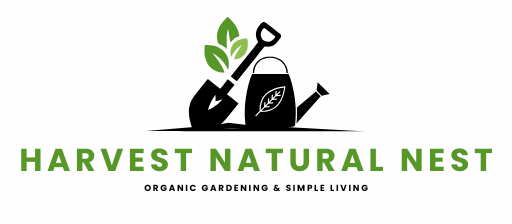
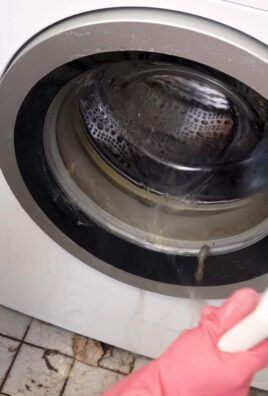
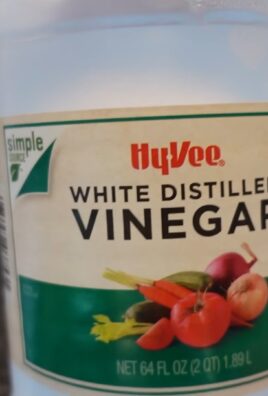
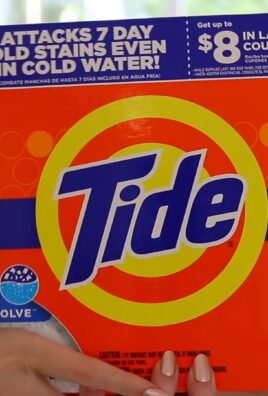
Leave a Comment